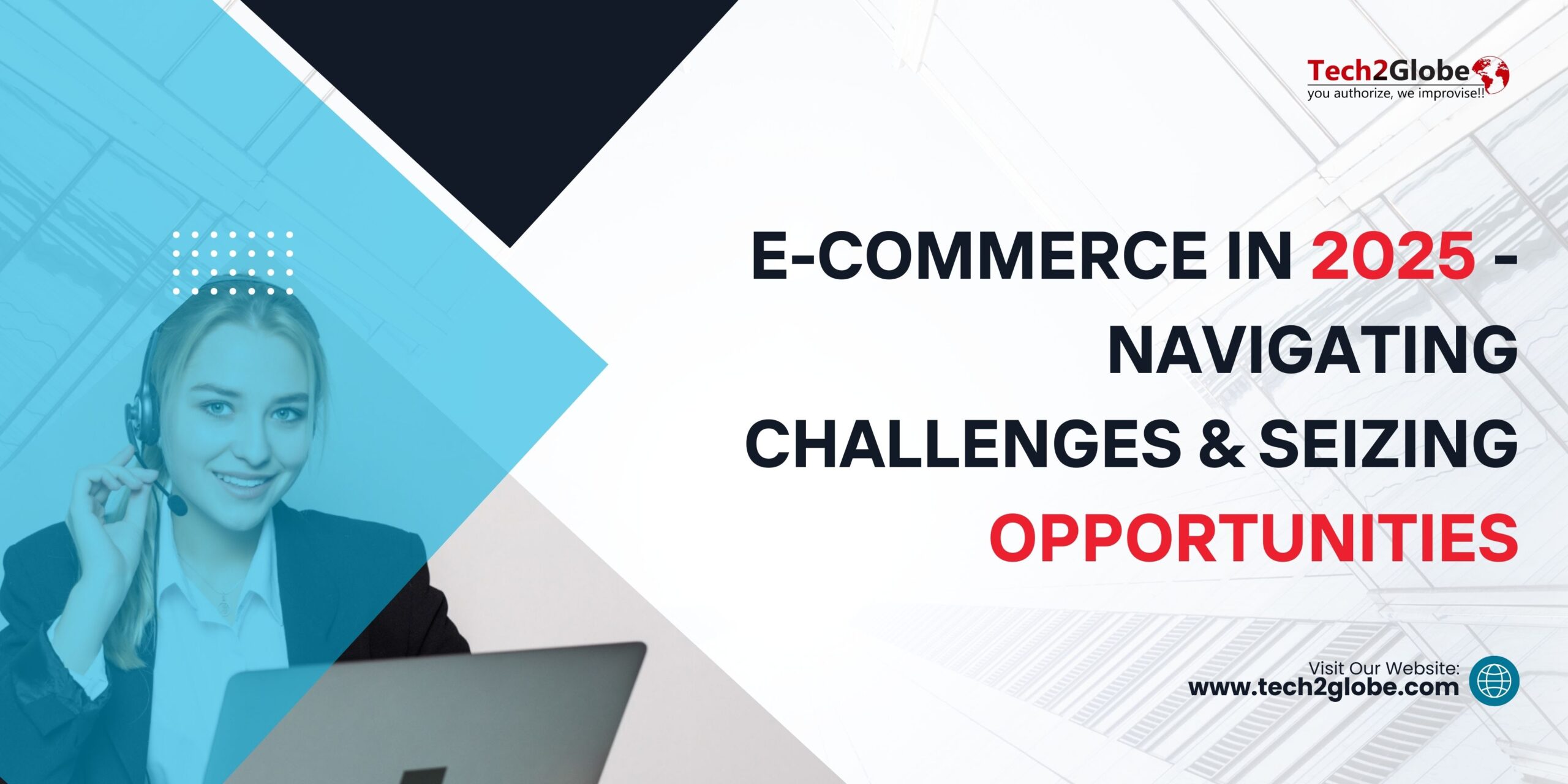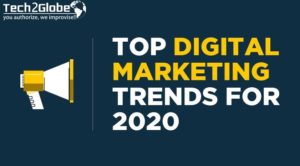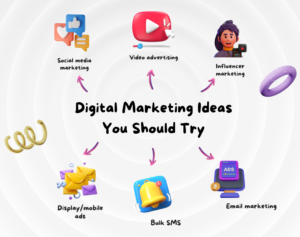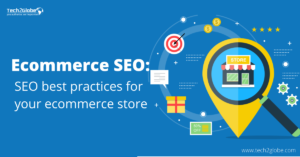In this new digital era, e-commerce has become an essential part of modern life as it has sped up the process of buying and selling goods and services over the internet. It has also helped people to communicate and build better terms with businesses
Why is understanding digital marketing important for growing e-commerce?
Understanding digital marketing has become a key to pushing e-commerce businesses forward. Companies that fail to leverage digital marketing tools to boost their businesses might fall behind.
Digital marketing is an easy way of gaining the attention of a global audience, building brand awareness, and driving sales at a relatively low cost compared to traditional marketing methods. In this marketing method, businesses use electronic devices and the Internet to connect with potential customers.
Digital marketing involves all kinds of marketing efforts that use online channels like search engines, social media, email, websites, and mobile apps to promote products, services, or brands
The role of digital marketing in accelerating e-commerce business is immense, as in the modern business landscape, it has become an essential pillar for the growth and success of e-commerce businesses. Online shopping has gained popularity in recent years due to which has intensified the competition among digital business platforms.
Leveraging digital marketing tools, e-commerce businesses can stand out and attract potential customers. Digital marketing helps to convert leads into sales through a variety of strategic techniques.
Top 10 challenges facing e-Commerce in 2025
In 2025 e-commerce has reached new heights, it is more dynamic, competitive, and opportunity-rich than ever before. With rising to new heights, e-commerce platforms are facing new challenges as customer expectations are also getting higher around speed, personalization, and sustainability. Now fast shipping has become a baseline requirement whereas 2-3 years ago it was considered as a perk. It has become a challenge for the companies to provide personalized experiences. Whether you’re scaling a new store or refining an established brand, overcoming obstacles is a key to long-term success.
Here are the top 10 challenges facing e-Commerce in 2025 — and how to overcome them.
1. Rising Customer Accretion Costs
Paid advertising is becoming more expensive and less effective due to rising competition and stricter data privacy rules that’s why brands can no longer rely on ads alone.
Leveraging digital marketing tools such as social media marketing and PPC can help to grow business without spending a lot of money.
2. Adapting to Data Privacy Regulations
Tracking user behavior is increasingly difficult due to new privacy laws worldwide and regulations like GDPR, CCPA.
Shift to collecting zero-party data by offering value exchanges like quizzes, preference centers, and gated content, while being transparent about data usage.
3. Customer Retention and Loyalty
Acquiring a new customer is more expensive than keeping an existing one, but modern consumers are more likely to switch brands based on price, shipping time, or customer service.
E-commerce support service and e-commerce solution help to handle the online selling process, streamlining both the customer experience and the back-end operations for the seller. These simplify the complex process of running an online business and building good relationships with customers.
4. Supply Chain Disruptions
From global conflicts to natural disasters, supply chains remain unpredictable. Diversify suppliers, embrace local manufacturing where possible, maintain safety stock for key products, and offer transparent communication with customers about expected delays.
5. Cart Abandonment
In 2025, the global cart abandonment rate still hovers around 70%. Slow sites, complex checkouts, and surprise costs are the main culprits.
Optimize checkout with one-click purchasing, flexible payment options (including Buy Now, Pay Later), transparent pricing, and proactive cart recovery emails or SMS reminders.
6. Keeping Up with Changing Technology
Augmented reality (AR), AI-driven personalization, and voice commerce are reshaping consumer expectations. Brands that lag behind will lose ground.
Continuously audit your tech stack, prioritize customer-centric innovation, and adopt flexible platforms that allow easy integration of new features.
7. Sustainable Business Practices
Shoppers increasingly prioritize eco-conscious brands, and in 2025, sustainability isn’t just a nice-to-have — it’s a decision-making factor.
Focus on sustainable packaging, ethical sourcing, carbon-neutral shipping options, and clear communication of your efforts through your website and marketing materials.
8. Global Market Expansion
Cross-border commerce is a tempting growth avenue, but navigating foreign taxes, shipping, language barriers, and cultural differences can be daunting.
Use localized storefronts, accept multi-currency payments, partner with international logistics providers, and invest in geo-targeted marketing for each region.
9. Standing Out in Saturated Markets
Almost every niche has become hyper-competitive, and consumers face endless options for similar products.
Focus on brand differentiation — craft a compelling brand story, refine your visual identity, offer niche-specific experiences, and invest in authentic influencer partnerships to humanize your brand.
10. Handling Customer Expectations Around Delivery
The “Amazon effect” has permanently raised expectations for fast, cheap (or free) shipping. Small and mid-sized eCommerce businesses often struggle to compete.
Be transparent about shipping times at the checkout stage, offer multiple delivery options (standard, express, eco), and leverage 3PL (third-party logistics) networks or local micro-fulfillment centers to speed up delivery.
To conclude, to navigate a successful e-commerce business in 2025, leveraging digital marketing tools such as PPC management services and social media marketing is necessary. They help to promote brands and products at low cost. Also to face daily challenges like dealing with customers and technical issues it is crucial to seek help from e-commerce support services; they also help in building better relations with customers. A complete e-commerce solution is a complete package that helps to grow your business in this competitive digital era. Lastly, it depends on the businesses and the companies how they leverage these digital tools to overcome challenges to grow and take their businesses to new heights.
FAQs
How can businesses overcome e-commerce challenges?
Businesses can overcome e-commerce challenges by enhancing website security, optimizing user experience, and offering multiple payment options. Using a complete e-commerce solution and e-commerce support service are essential as they help to simplify the complex process of running an online business.
How can small businesses succeed in e-commerce in 2025?
Small businesses can succeed in e-commerce in 2025 by focusing on niche markets, leveraging AI for personalized customer experiences, optimizing mobile-first websites and leveraging digital marketing tools including e-commerce social media marketing and PPC
What is the future of e-commerce in the next 5 to 10 years?
The future of e-commerce will be shaped by AI-driven personalization, seamless omnichannel experiences, voice and AR shopping, and hyper-fast delivery. Enhancing security and transparency will influence buying decisions. PPC management services, E-commerce social media marketing service and global access will redefine how consumers connect with brands and products.
What is the new trend in e-commerce?
A major trend in eCommerce is the rise of AI-powered personalization. Also, social media marketing via platforms like TikTok and Instagram and immersive shopping through AR and VR are new e-commerce trends.
Which type of e-commerce is most profitable?
The most profitable e-commerce is business to Customer e-commerce especially in sectors like fashion, electronics, and beauty. Also, business to business e-commerce can be highly profitable because of larger transaction sizes and recurring orders.

Sahil Verma is a strong pillar of Tech2Globe’s success. As Vice President of Sales, he has played a pivotal role in the company’s growth for over the years. His expertise spans across web, mobile, and software development consulting. With his experience of 15+ years he leverages cutting-edge technology to help businesses build revenue-generating applications. Known for his client-centric approach, Sahil has a knack for understanding each business’s unique needs and offering them prompt solutions. This allows him to recommend technology solutions that enhance their intelligence, efficiency, and ultimately, profitability.










